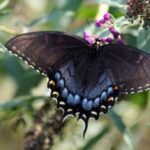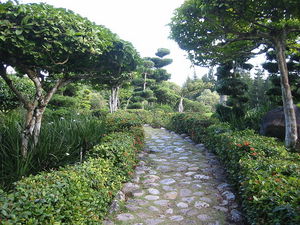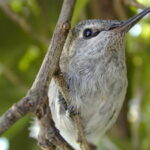Gardening is such a life-affirming pastime our families can enjoy together. Nothing touches us more than to watch our little ones’ eyes widen with delight at some small miracle of nature or to watch our pets chasing after butterflies and exploring plants. Our gardens are our refuge from the stresses of daily life and a place to relax away from the noise and bustle around us. Yet.. how many of us are aware of hidden hazards in our own backyards?
There are plants, common to many gardens, that can pose a serious threat to our children and pets safety. Sure most of us are aware of oleander, castor bean and morning glory being dangerous, but how about the other not so well known toxins out there?
One of the most deadly is the Hydrangea Macrophylla. This genus can grow to 15 feet high. Known as Hills of Snow, Hortensia or Seven Bark, all portions of this plant are poisonous. But the budding flowers contain the most toxin. Ingestion can lead to cyanide poisoning.
Crocus, Autumn Crocus or Meadow Saffron is a bulb. Just one flower from this plant can be deadly. Symptoms include burning, intense thirst, vomiting and diarrhea.
Hyacinth can also cause severe vomiting and diarrhea if any part of its stem, leaves or flowers is ingested.
Iris, Flags In The Snow or Fleur de Lis can cause a severe skin irritation when sap contacts the skin. It also, if ingested, can cause severe stomach cramps, diarrhea and nausea
Sweet Peas, upon ingestion, can cause permanent paralysis. Making this lovely vine a no no where children play.. It can also cause tremors and convulsions in children. The entire plant is toxic.
Tomato The common tomato plants leaves stems and young rootlings can cause a host of symptoms including headache, circulatory depression, vomiting and diarrhea.
Tulip The plant can cause a bad case of dermatitis. When eaten, it can bring on increased salivation, rapid heartbeat, and vomiting.
Brugmansia. This showy shrub sends brilliant cascades of trumpet shaped blooms clambering over fences, trellises and arbors. Yet it harbors a deadly toxin in its structure. A member of the datura or lily family, it has often been used in shamanic rituals, due to its high level of scopolamine. Too large a dose of this alkaloid can kill you.
Day Blooming Jessamine can give you a severe case of gastroenteritis, which in a very small child could be fatal.
Carolina Jessamine can cause severe respiratory depression, muscular weakness, and motor nerve paralysis.
Wisteria can cause severe symptoms if ingested. They range from nausea and repeat vomiting to dehydration and system collapse.
Every one of these plants are welcome additions in our gardens. But, if you have small children or pets, you might want to consider not having these around until your little ones are older. Toddlers especially love exploring using all their baby senses, including taste. And puppies are notorious for chewing anything that waves or moves.
If removing existing plants is too big a task, then you may want to limit your children’s time in the yard, and certainly never leave them out there alone. It only takes a few seconds to create a situation you may well spend a lifetime regretting.






